Back to Courses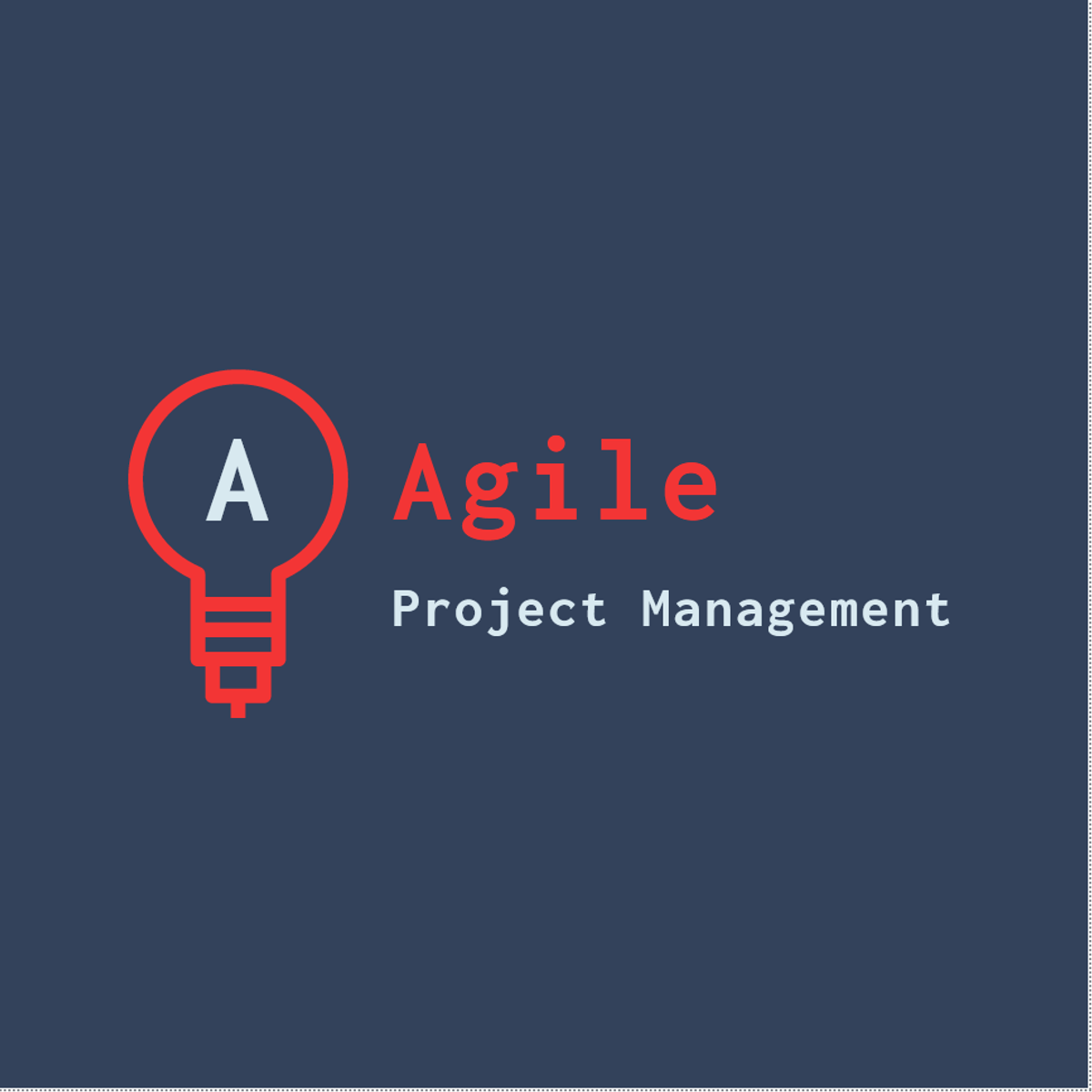
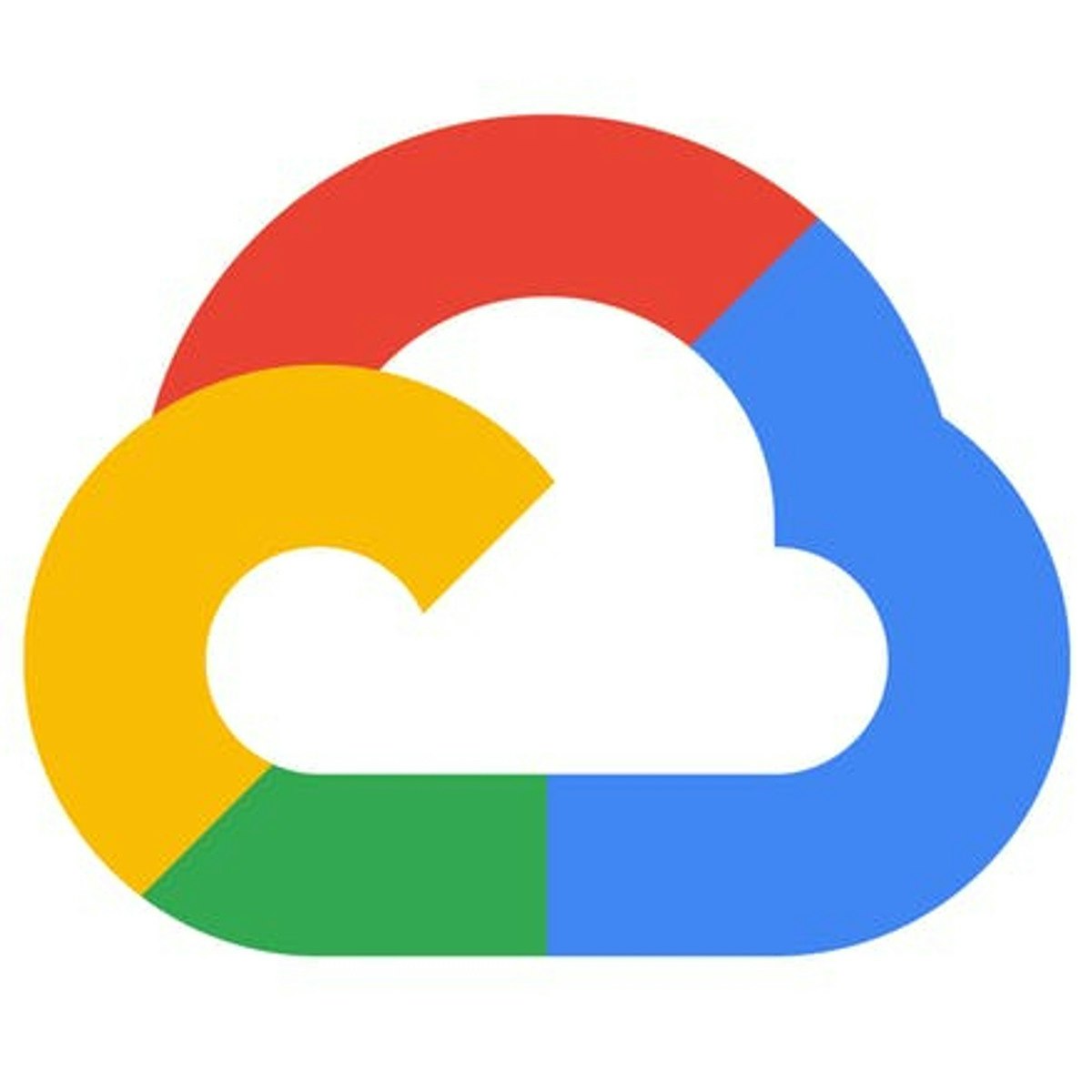




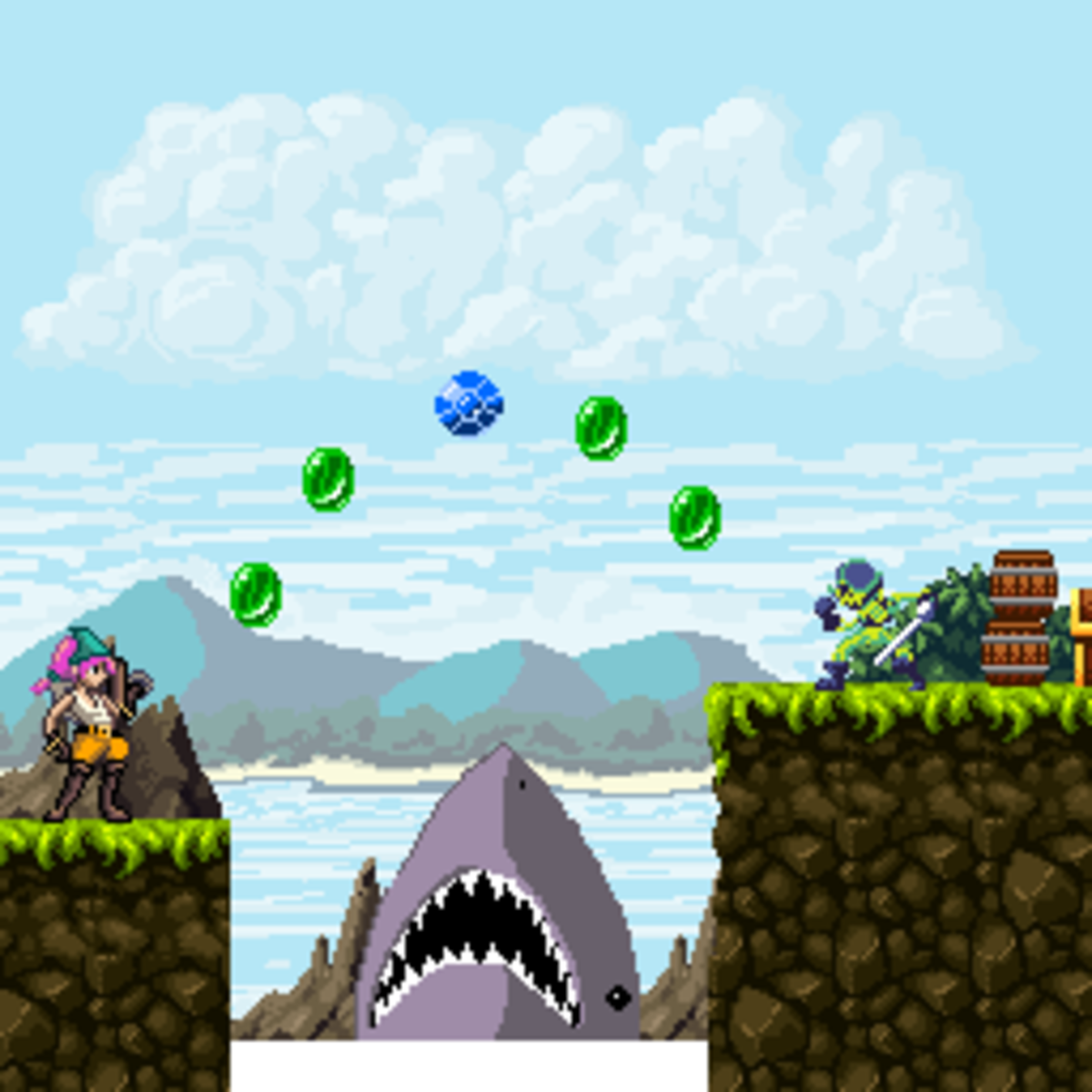

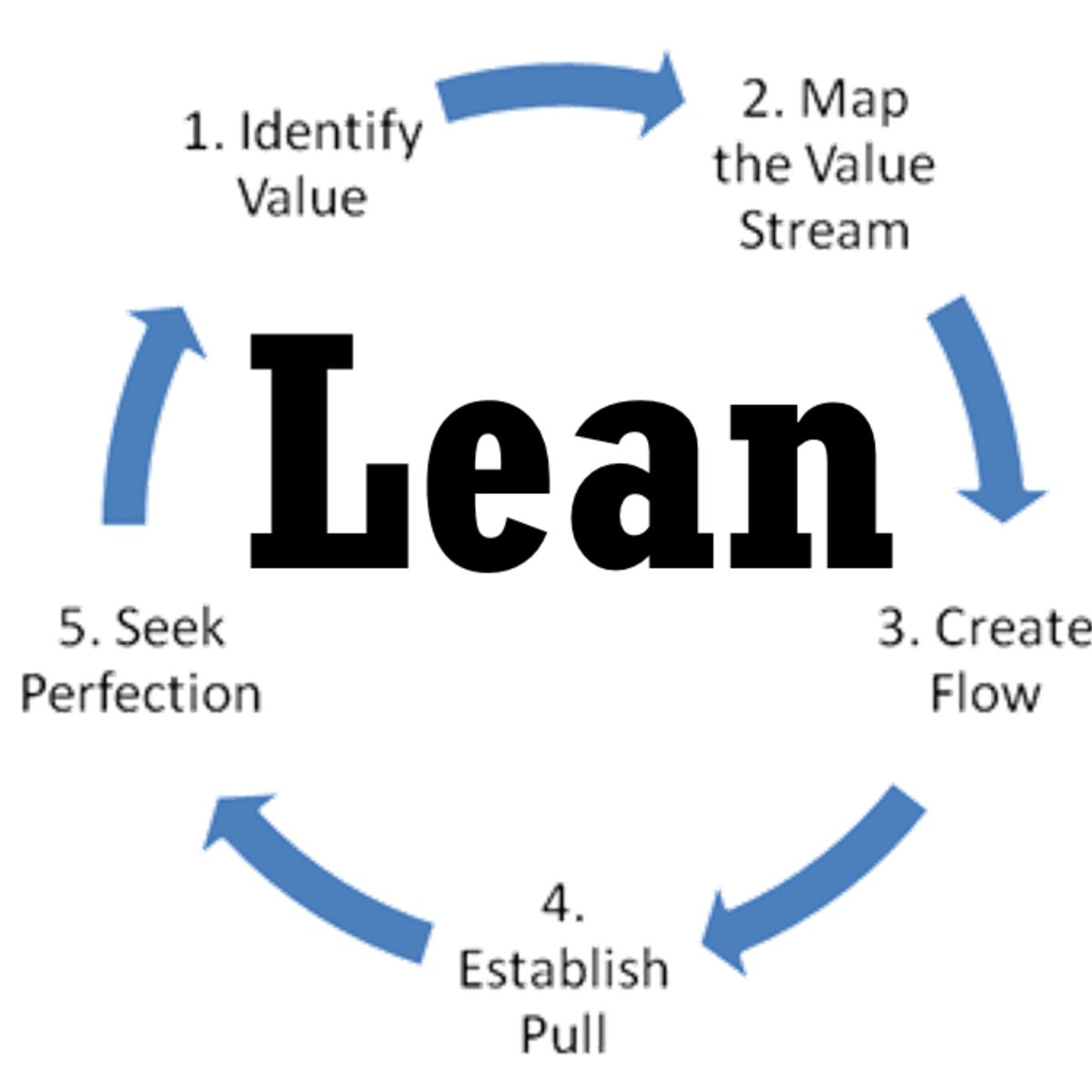
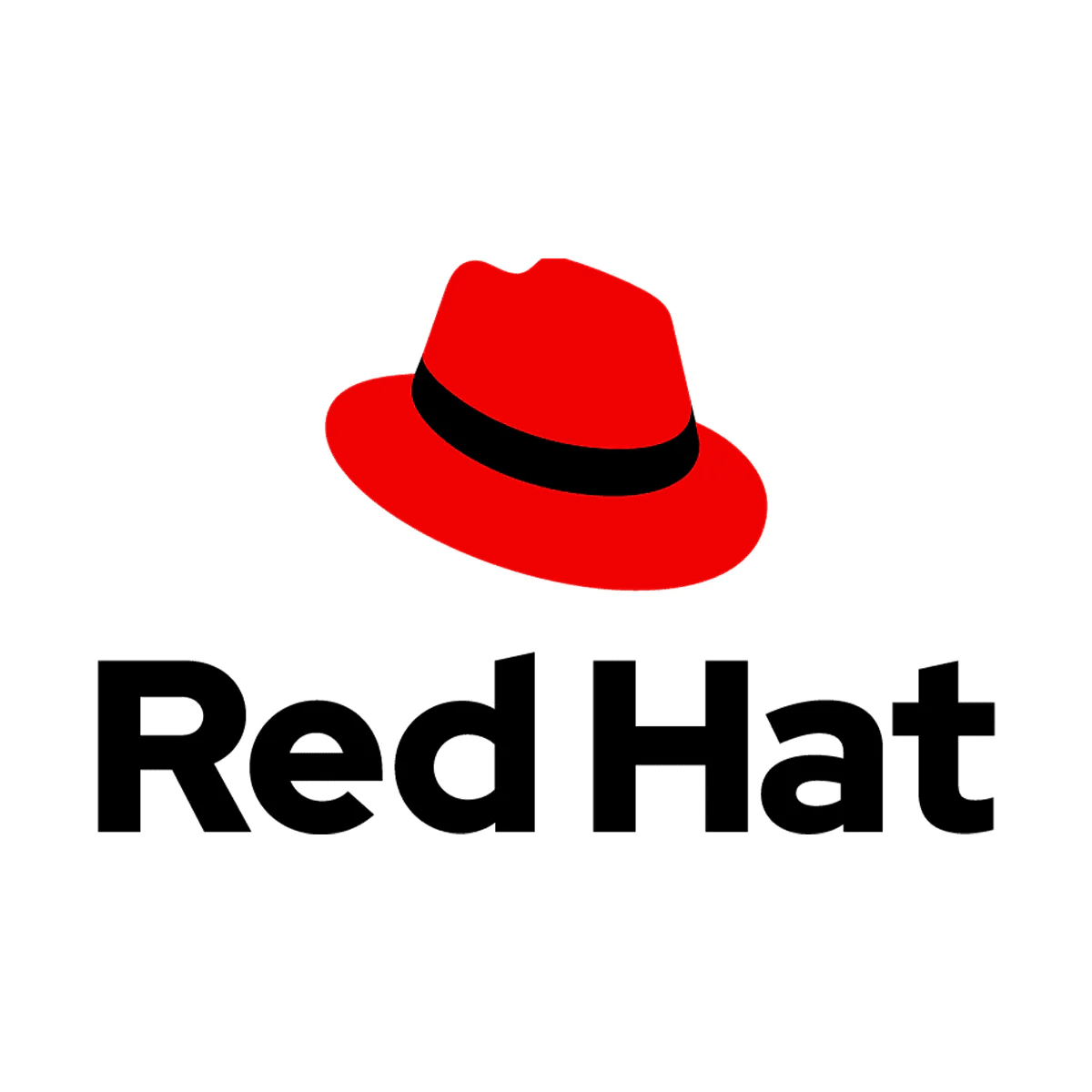
Computer Science Courses - Page 195
Showing results 1941-1950 of 2309

Agile Project: Product Prototype Touchpoint Analysis in Miro
By the end of this guided project, you will be fluent in creating wireframe porotypes for Agile projects based on previous project phases. This will enable you to map the product features and add value to how the customer/user will experience the product or service. You will learn how to encapsulate the needs and wants of the customer persona in the product.
This is essential for generating positive results for your business venture. Furthermore, this guided project is designed to engage and harness your visionary and exploratory abilities. You will use proven models in Agile Project Management with Miro to shape the development roadmap of products and services.
We will practice critically how Epics, User Stories, Personas, and Customer journey phases become valuable input for creating functionality for products and services.
Please see the guide for creating a free account with Miro in the Resources section.
Deploying and Managing Windows Workloads on Google Cloud
This course teaches you about deploying and managing Microsoft Windows® workloads on Google Cloud. This course uses lectures and hands-on labs to show you how to plan and configure Microsoft Windows Server and Microsoft SQL Server in Google Cloud. You will configure identity solutions including Managed Service for Microsoft Active Directory, deploy Windows workloads to Compute Engine and Google Kubernetes Engine, and learn to manage and operate Windows workloads with Cloud Console, Cloud Logging, and Cloud Monitoring.

Introduction to CSS in Web Development
In this beginning-level course you will explore the use of CSS (Cascading Style Sheets) in web development. As HTML is used to add content to a website, CSS is used to make that content visually appealing to website visitors. This course focuses on improvements that can be made to the text on a website’s pages, including color, font style, size, and alignment. CSS is a very powerful tool and learning to control textual data on a website is a great first step in harnessing that power.
Note: This course works best for learners who are based in the North America region. We’re currently working on providing the same experience in other regions.

Control physics with C# in Unity
In this two-hour-long, project-based course, you will be introduced to basic coding principles for controlling Physics in Unity. This project covers moving objects by applying various types of forces and creating new behavior for objects when idle, when clicked, and when they collide with other objects.
The guided project will familiarize you with the following Physics-based Unity components:
- Rigidbody
- Physic Material
- Force
- Torque
- Explosions

Introduction to Python Programming
This course provides an introduction to programming and the Python language. Students are introduced to core programming concepts like data structures, conditionals, loops, variables, and functions. This course includes an overview of the various tools available for writing and running Python, and gets students coding quickly. It also provides hands-on coding exercises using commonly used data structures, writing custom functions, and reading and writing to files. This course may be more robust than some other introductory python courses, as it delves deeper into certain essential programming topics.

Introduction to Deep Learning
Deep Learning is the go-to technique for many applications, from natural language processing to biomedical. Deep learning can handle many different types of data such as images, texts, voice/sound, graphs and so on. This course will cover the basics of DL including how to build and train multilayer perceptron, convolutional neural networks (CNNs), recurrent neural networks (RNNs), autoencoders (AE) and generative adversarial networks (GANs). The course includes several hands-on projects, including cancer detection with CNNs, RNNs on disaster tweets, and generating dog images with GANs.
Prior coding or scripting knowledge is required. We will be utilizing Python extensively throughout the course. We recommend taking the two previous courses in the specialization, Introduction to Machine Learning: Supervised Learning and Unsupervised Algorithms in Machine Learning, but they are not required. College-level math skills, including Calculus and Linear Algebra, are needed. Some parts of the class will be relatively math intensive.
This course can be taken for academic credit as part of CU Boulder’s Master of Science in Data Science (MS-DS) degree offered on the Coursera platform. The MS-DS is an interdisciplinary degree that brings together faculty from CU Boulder’s departments of Applied Mathematics, Computer Science, Information Science, and others. With performance-based admissions and no application process, the MS-DS is ideal for individuals with a broad range of undergraduate education and/or professional experience in computer science, information science, mathematics, and statistics. Learn more about the MS-DS program at https://www.coursera.org/degrees/master-of-science-data-science-boulder.
Course logo image by Ryan Wallace on Unsplash.
Pixel Art for Video Games
This course is aimed to give you the tools and knowledge you need to start creating simple art for video games made in the Unity game engine. Through the aesthetic of pixel art we will explore artistic principals like shape language, color theory, and composition as well as show you a step by step workflow for creating assets that you can use to make your own games. The course is broken into 4 main modules, props, environments, characters, and animation. Each of these courses will have a series of video lessons alternating between artistic and technical skills culminating in a peer-reviewed project based assignment. The last module will challenge you to take the knowledge learned in the previous 4 and use it to create your own pixel art asset pack.
This course is aimed at art novices who are interested in creating art for their own games or contributing to game projects. If you are a game designer or programmer, you will find this course helps give you a glimpse into the world of game art. You will be able to better work with artists, or create your own prototype or final artwork. If you are an artist or visual designer who is interested in bringing your style to the world of video game development, this course will give you the workflow to properly interface with a game engine and help contextualize how your artistic sensibilities can enable gameplay.
If you have ever wanted to start making art for video games but have no idea how to start, this course is the perfect for giving you a solid foundation while teaching you usable practical skills. Our goal is to give you a sense of the whole pipeline from creation to setting up in a game engine.

Introduction to SQL for BigQuery and Cloud SQL
This is a self-paced lab that takes place in the Google Cloud console.
In this lab you will learn fundamental SQL clauses and will get hands on practice running structured queries on BigQuery and Cloud SQL.

Lean Software Development
While scrum and XP were transforming the software development industry, there were another set of ideas (derived from lean manufacturing and Six Sigma) that started to influence software development methods. These ideas around Lean Software Development forms the foundation of number of agile methods.
In this course, we will explore lean concepts and cover some of the common Lean methods and techniques like Kanban, Value Stream Mapping, etc.
In this course, we will also learn techniques like Lean Startup and Design Thinking that can help team learn about user and market needs much faster and cheaper.
As part of this course, you will also apply the knowledge gained in this course to fictional case studies. These projects will help you gain experience to confidently apply these techniques in real world.
At the end of the course, you will be able to apply lean techniques / methods to software development. You will also be able to apply methods to learn about your users and market needs much faster and cheaper.

Advanced Application Management with Red Hat OpenShift
This course explores Red Hat OpenShift Container Platform (RHOCP) as a container orchestration platform. In this course, students will deploy applications to OpenShift. Students will learn how to let RHOCP containerize their source code, how to scale the deployments, and how to troubleshoot issues with the deployments.
